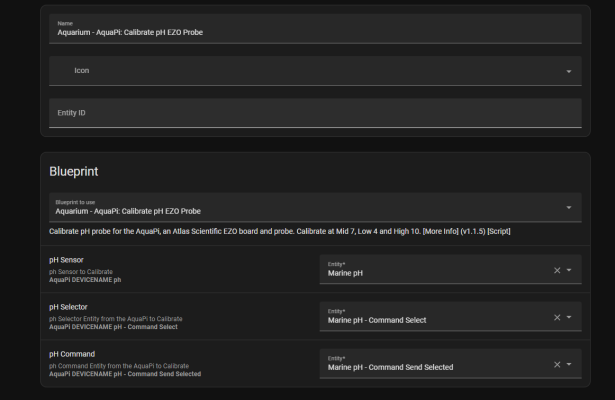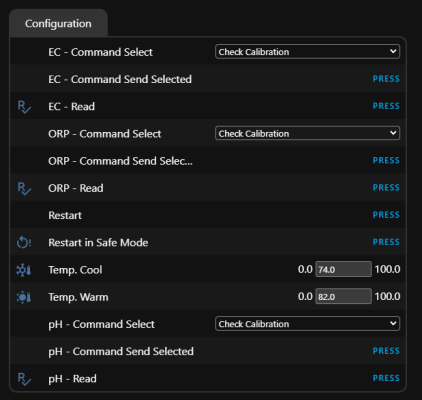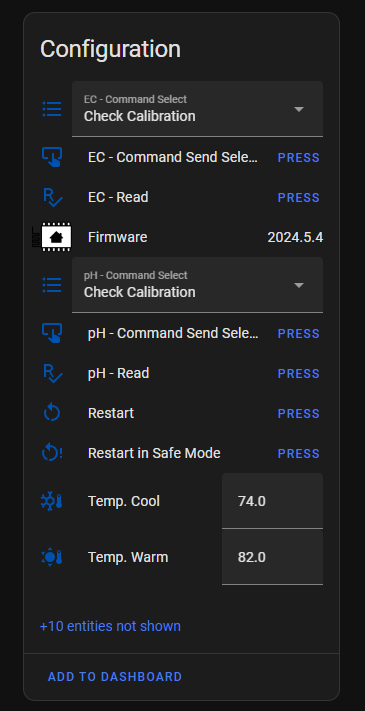I just reworked the store and put them on sale, still working on pricing somewhat. It's still cheaper than Apex and with much more flexibility, that is my goal here. Plus it's modular so you only get what you need and only when you can.I saw the product on your website if full options would cost 1200 USD
I think the fully loaded Apex was about $1100, and I believe AquaPi to be a superior product (or will be), only thing lacking is the Trident/Maven tester component.... The probes are lab grade, meaning they will stay calibrated 3 times longer and will last at least twice as long as the Apex probes. I will try to add an option for the consumer grade probes for better affordability.
And for all on this forum, I offer a 10% discount to help me get these out there!
Code: AQUAPI10
Last edited:





















